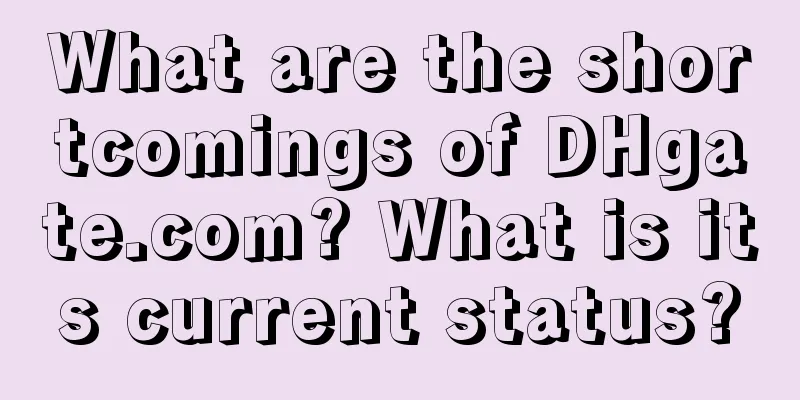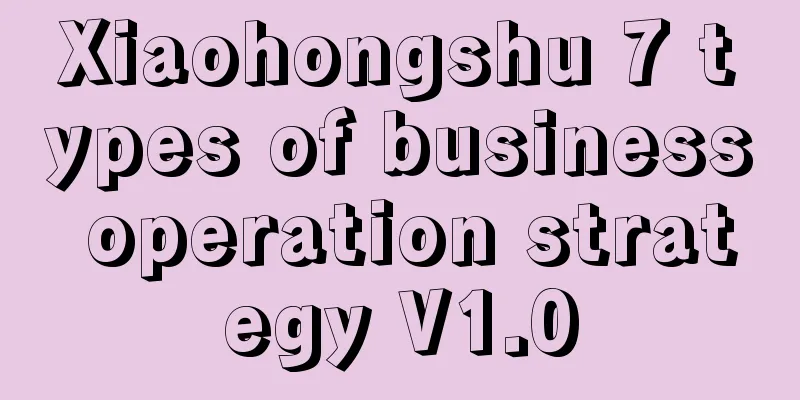Amazon launches Seller Wallet

|
At the recently concluded Amazon Global Selling Cross-Border Summit, Amazon's global seller cross-currency payment business team officially launched the "Amazon Seller Wallet". Generally speaking, Amazon will deposit sales revenue into the seller's payment account 14 days after the seller registers on the seller platform. Subsequently, the settlement process is repeated in cycles, so after the consumer places an order and Amazon completes the periodic fund settlement, Amazon will finally return the seller's sales revenue to the seller's payment account based on the payment tool selected by the seller. At this stage, sellers have four payment methods to choose from, namely Amazon's global payment and seller wallet, as well as payment service providers and your overseas valid accounts. Sellers can store the local currency earned from sales in the "Seller Wallet" and can choose the withdrawal time and amount. Moreover, all these functions can be completed in the Amazon Seller Platform without leaving the station (now supports the US station, and more stations are being opened continuously). The advantages of Amazon Seller Wallet include: independent control over withdrawal time and amount, flexible control, and advance viewing of estimated exchange rates and arrival of funds; high standards for protecting account funds and sales data security, and working with JPMorgan Bank to ensure compliance and security of every payment, using "tiered pricing"; the seller platform directly manages funds and transfers in one stop, without leaving the site, and can view and download monthly account statements at any time. It should be noted that the biggest difference between "Amazon Global Payments" and "Seller Wallet" is that one is "automatic" and the other is "manual". Amazon Global Payments automatically transfers funds to the seller's domestic bank account after the settlement cycle, while "Amazon Seller Wallet" allows sellers to receive and hold funds after the settlement cycle until the seller manually chooses to withdraw cash. There are three steps to registering a seller wallet. The first is to check your qualifications and refer to the seller guide to check whether you are qualified to register for Amazon's seller wallet. The second is to complete the registration on the seller platform, follow the steps to fill in the registration information, upload the required materials and submit for review. After the review is passed, you can use the seller wallet. The third is to set up a bank account and set up a withdrawal account on the "Deposit Method" page to receive funds from the seller wallet. It is worth mentioning that from January 8, 2023 to January 15, 2023, Chinese sellers who complete the Amazon Global Payments or Amazon Seller Wallet settings for the first time can qualify for the preferential rate. From the time the preferential rate takes effect to December 31, 2023, they can enjoy a preferential rate of 0.3% for Amazon Global Payments or Amazon Seller Wallet. The discount is only available to one seller and one account. |
Recommend
What are the 9 international express delivery companies?
Domestic express delivery companies usually send p...
The same product has different prices, why is it still selling well?
Customers often compare many platforms to choose t...
How to operate an e-commerce business without supply from Amazon? How to register and open a store on Amazon?
As a world-renowned e-commerce platform, Amazon pr...
Ice and Fire ChatGPT: Some people sell courses in huge quantities, while others are obsessed with lifelong learning
In this era of AI where technology is changing rap...
How to prevent price comparison on Pinduoduo and why to do it
For merchants, how to effectively prevent price co...
How does Lazada do self-delivery? Introduction to the delivery process
Lazada is the leading e-commerce platform in South...
Where is the eBay Seller Center? What functions does it have?
The current development of the eBay platform is qu...
How to cancel Facebook account? Can others still find you after you cancel Facebook account?
Facebook is one of the most popular platforms that...
SpeedPAK Australia route toll adjustment notice
As Australia Post has adjusted its parcel delivery...
A complete list of Shopee’s automatic replies. Which is the best way to reply?
Some of the merchants who open stores on Shopee ar...
What to do if a new Amazon store has no traffic? How to get traffic?
When you first open a store on Amazon, there is de...
"My Altay" is a big hit, and I am healed by the lines
"My Altay" has become a huge hit, with h...
How much does it cost to open a Lazada store? What does the fee include?
Before you plan to open a store on the Lazada plat...
How to get the Amazon blue badge? What are the benefits?
Buyers who shop on Amazon generally give priority ...
Demystifying Operations
In the digital age, operations have become the key...









